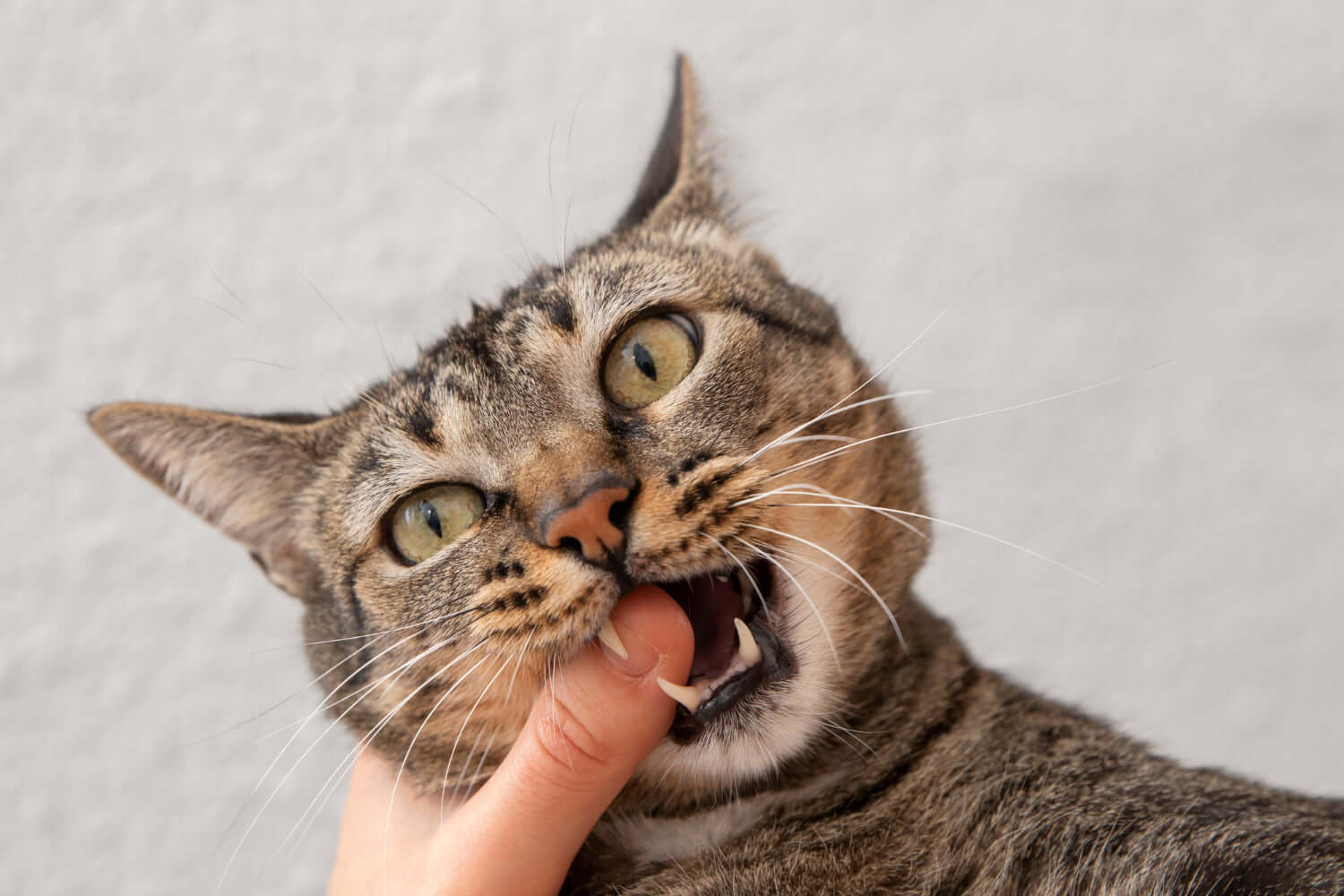Ah, cats! These elegant, mysterious and often unpredictable creatures are the subjects of fascination for many of us. Yet despite our deep love for them, they can sometimes leave us perplexed with their behavior. Here is a decoding of five of the most enigmatic behaviors of cats.
-
Kneading with their paws: a behavior inherited from their childhood
You've probably already watched your cat make itself comfortable on your bed, your sofa, or even your belly, then begin to gently knead it with its paws, as if massaging the surface. Why do they do this?
Kneading has its origins in the cat's neonatal period. When they are kittens, they knead their mother's belly to stimulate the flow of milk. Although this behavior is no longer necessary as adults, many cats continue to do it when they are relaxed, calm, or happy. Kneading can be a way for them to regress to a moment of pure tranquility and security.
-
Bringing prey home: a natural behavior
Coming home to find a little mouse or bird (alive or not) on the doorstep is an experience that many cat owners are familiar with. The most likely reason is that the cat considers the house a safe place and wants to bring its prey back to a secure environment.
-
Biting their owner: a sign of affection or play
A cat that comes to lick you and then suddenly decides to bite you may seem contradictory. Is it a sign of affection or an invitation to play?
In fact, it can be both. Cats often use gentle nibbling as a form of social interaction. It can be a show of affection or a simple desire to play. However, it is important to monitor the intensity of these bites. If it becomes more aggressive, it could indicate irritation or discomfort.
-
Staring at the wall: sensitivity to vibrations or ultrasound
It's not uncommon to find a cat staring intently at a wall, as if seeing something we can't. Although this may seem strange, there is a rational explanation.
Cats have extremely sensitive hearing, capable of detecting frequencies that we cannot hear. This behavior could be a reaction to ultrasonic noise, or to vibrations that are barely perceptible to us. It could be bugs in the wall, leaking pipes, or other such activities.
-
Sitting in boxes: a need for security and privacy
What cat owner hasn't been amused to see their feline abandon an expensive toy for a simple cardboard box? Why are they so attracted to these confined spaces?
Boxes provide cats with a sense of security. In the wild, a small space would allow a cat to avoid predators and discreetly observe its surroundings. A box also represents a warm, secluded place, perfect for a quick nap. Finally, the texture of cardboard can also be pleasant for them, providing a great place to chew or scratch.
Ultimately, although cats may seem mysterious to us at times, understanding the origin and reason for their behavior allows us to become closer to them and appreciate the depth of their unique personalities even more.
The CatSafe Team
Bibliography
Bradshaw, J.W.S. (2016). House Cat Behavior: An In-Depth Study. Paris: Éditions Féline.
Turner, D.C., & Bateson, P. (2013). The Secret Life of Cats: Biology, Behavior and Cognition. Lyon: University of Lyon Press.
Rochlitz, I. (2017). The well-being of cats in urban areas. Journal of Applied Zoology, 52(3), 231-245.
Desforges, M.J. (2018). Ultrasound and auditory perception in felines. Journal of Veterinary Neurology, 45(2), 111-119.
Leclerc, A., & Giroux, J. (2015). Behavior and communication in domestic cats. Paris: Éditions du Chat Heureux.
Dupont, B. (2014). Social interactions and predation behaviors in felines. Bulletin of the Ethological Society, 29(1), 5-18.



Compartir:
The Persian cat, a very old breed
Protect your cat from falls from balconies and terraces